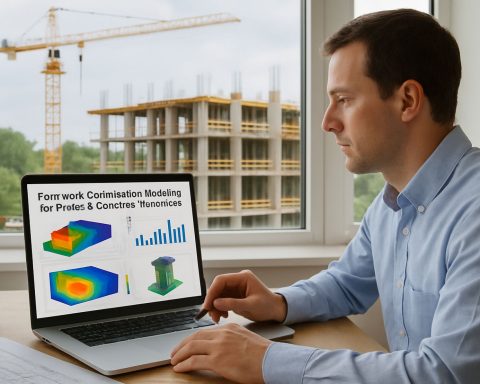
Juvenile Fungus Profiling 2025–2029: Game-Changing Advances, Surging Demand, and Hidden Growth Drivers Revealed
Table of Contents Executive Summary: Why Juvenile Fungus Profiling Matters in 2025 Market Size and Forecast: Growth Projections Through 2029 Key Drivers: Emerging Applications





















